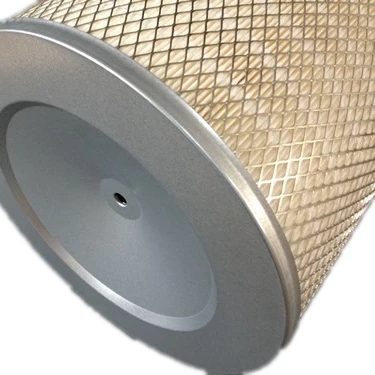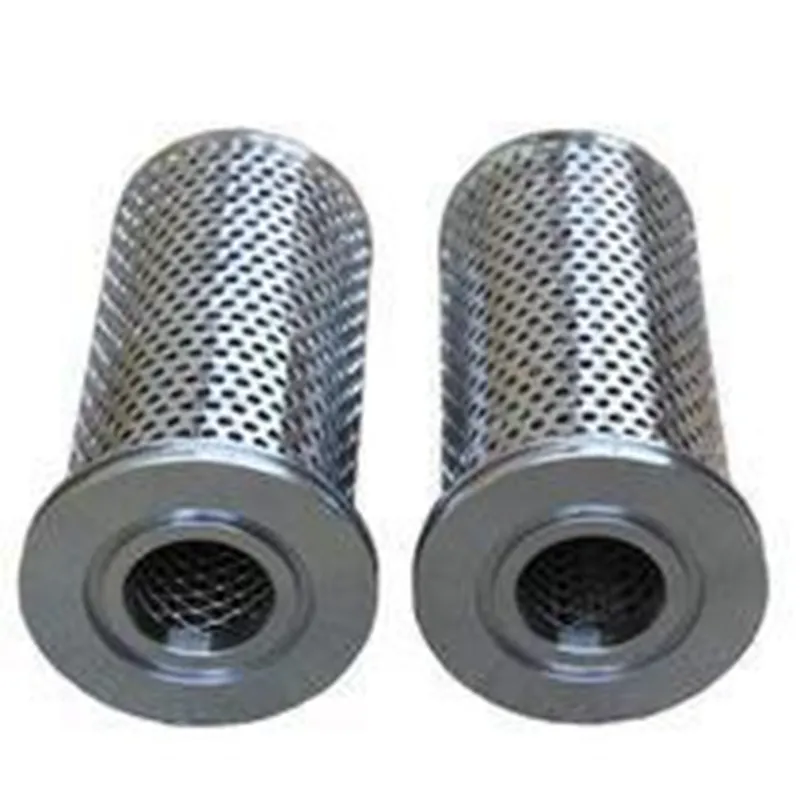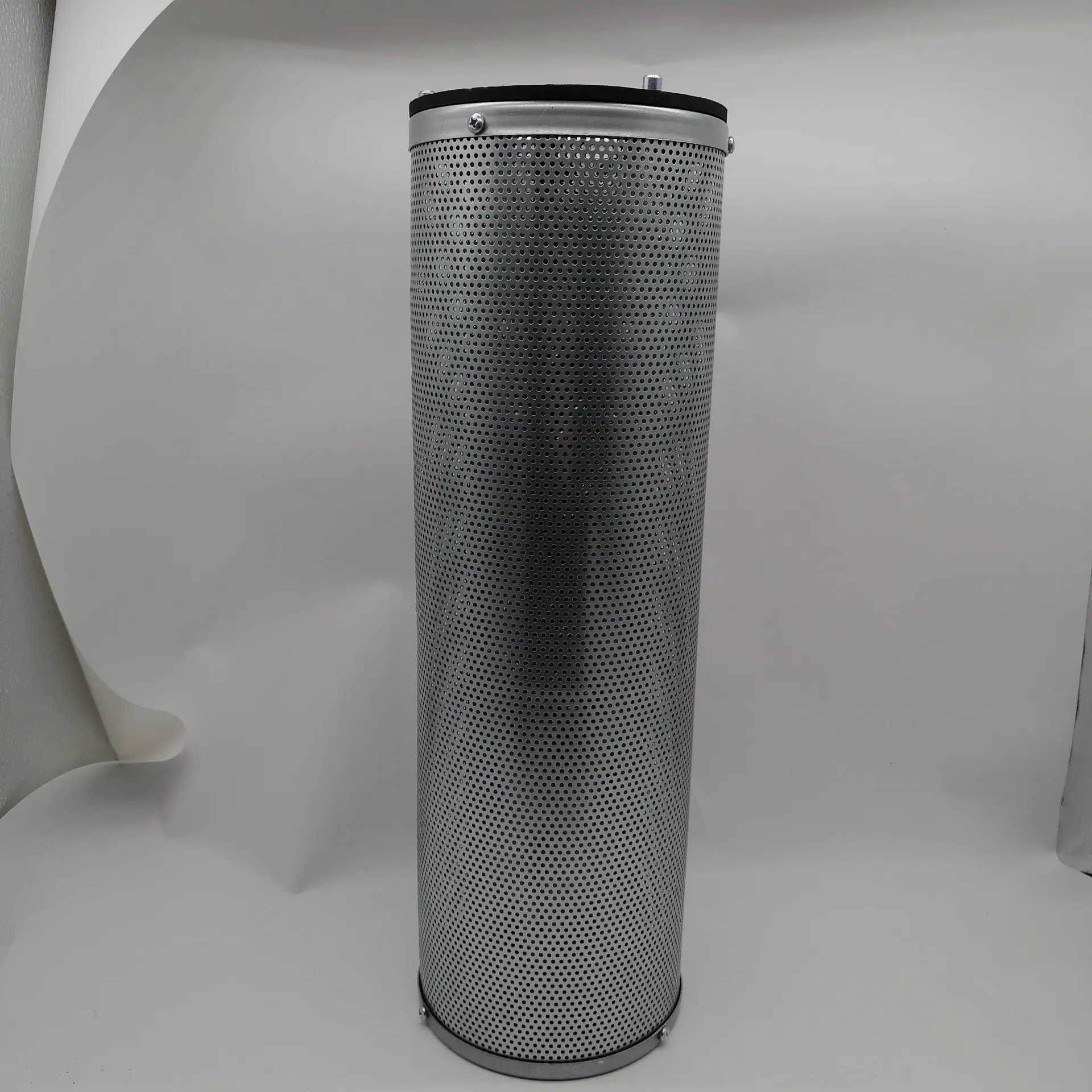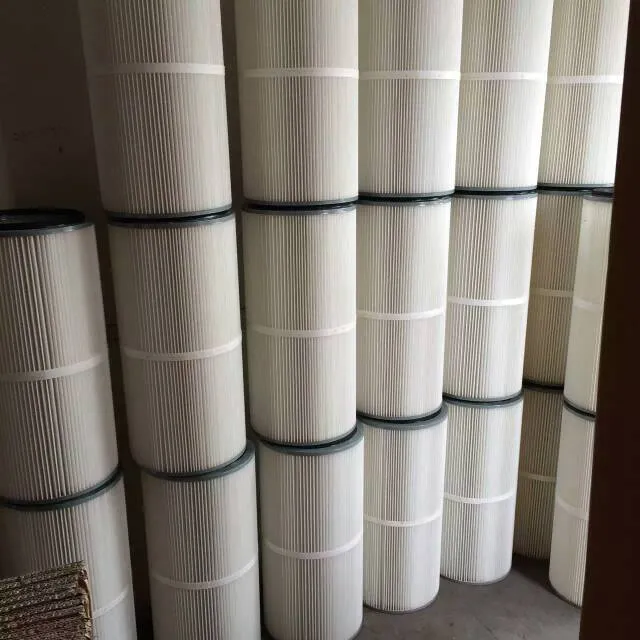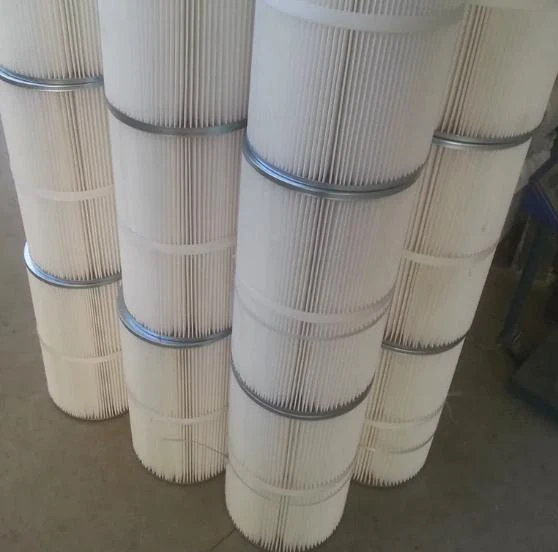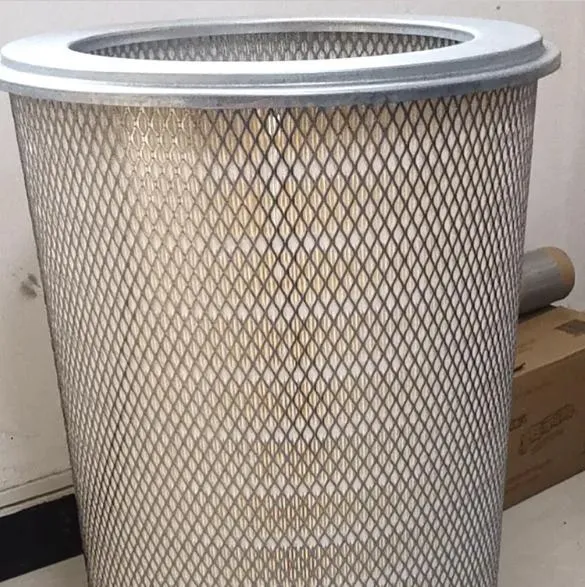 Tel:
+8618931101301
Tel:
+8618931101301
Déc . 26, 2024 03:52 Back to list
stainless steel filter element
Understanding Stainless Steel Filter Elements A Comprehensive Overview
In a world increasingly focused on sustainability and durability, stainless steel filter elements have emerged as crucial components in various filtration applications. Known for their strength, corrosion resistance, and longevity, stainless steel filter elements are widely employed in industries ranging from pharmaceuticals to oil and gas, food processing to water treatment. This article aims to delve into the significance of stainless steel filter elements, their advantages, applications, and considerations for selection.
What Are Stainless Steel Filter Elements?
Stainless steel filter elements are filtration devices made from stainless steel and designed to remove contaminants from various fluids and gases. These filter elements can come in various forms, including mesh, pleated, or cartridge styles, and are engineered for specific filtration requirements. The choice of stainless steel typically includes alloys like 304 and 316, which are known for their excellent corrosion resistance and mechanical properties.
Advantages of Stainless Steel Filter Elements
1. Durability One of the most significant benefits of stainless steel filters is their durability. Unlike traditional filter media, which can degrade over time, stainless steel can withstand harsh processing conditions, making it an ideal choice for demanding applications.
2. Corrosion Resistance Stainless steel’s inherent resistance to corrosion ensures that it can perform effectively in aggressive environments. This property is particularly vital in industries where exposure to chemicals and varying temperatures is common.
3. High Temperature and Pressure Resistance Stainless steel filter elements can operate at high temperatures and pressures, which is essential in applications like oil refining and power generation. This resilience ensures that they maintain their structural integrity and filtering capabilities under extreme conditions.
4. Reusability and Cleanability Unlike disposable filters, stainless steel elements can be cleaned and reused multiple times. This feature not only reduces waste but also lowers long-term filtration costs, aligning with a more sustainable approach.
5. Precision Filtration Stainless steel filters can be engineered to achieve specific micron ratings, allowing them to effectively filter out dirt, debris, and particulates, ensuring the purity of the end product.
Applications of Stainless Steel Filter Elements
Stainless steel filter elements find applications in a wide range of industries
- Food and Beverage In this sector, the need for hygienic and corrosion-resistant materials is paramount. Stainless steel filters are used to ensure safe and high-quality food products by removing contaminants during the processing stages.
stainless steel filter element

- Pharmaceuticals The pharmaceutical industry requires stringent filtration to ensure product purity. Stainless steel filter elements are employed in processes such as sterile filtration, assisting in the production of safe and effective drugs.
- Oil and Gas In oil refining and gas processing, stainless steel filters are essential for removing particulates from crude oil and natural gas, ensuring system efficiency and equipment protection.
- Water Treatment The treatment of municipal and industrial water requires reliable filtration systems. Stainless steel filter elements help in the removal of sediments, rust, and other impurities, contributing to clean water supply.
- Chemical Processing In chemical production, stainless steel filters are utilized to prevent contamination and ensure product quality. Their resistance to corrosive substances makes them ideal for such applications.
Considerations for Selection
When selecting stainless steel filter elements, several factors must be considered
1. Filter Rating The particle size that the filter needs to capture. Depending on the application, filters may have different micron ratings.
2. Flow Rate Understanding the required flow rate can help in selecting the appropriate filter design. Pleated filters, for example, offer a larger surface area, increasing flow rates.
3. Compatibility The filter material should be compatible with the fluids or gases being filtered to prevent reactions that could compromise filtering capability.
4. Maintenance Requirements Consider how easy it is to clean and maintain the filter element, as this can affect operational efficiency and downtime.
5. Cost While stainless steel filters may have a higher upfront cost compared to disposable options, their durability and reusability generally lead to lower long-term costs.
Conclusion
Stainless steel filter elements represent a crucial innovation in the field of filtration, offering unmatched durability, resistance to corrosion, and a host of other benefits. Their versatility across various industries underscores their importance in maintaining product integrity and ensuring operational efficiency. As industries continue to evolve and adapt to the demands of sustainability, the role of stainless steel filter elements will likely become even more prominent. By understanding their advantages and considering key selection criteria, businesses can make informed decisions that lead to enhanced performance and reliability in their filtration processes.
-
The "weight" secret of activated carbon filter: the heavier the better?NewsMay.09,2025
-
Why is coconut shell activated carbon the preferred material for high-end filter elements?NewsMay.08,2025
-
5 maintenance tips to extend the life of dust filter elementsNewsMay.07,2025
-
Why does the air filter affect the power of the car?NewsMay.06,2025
-
When should the dust filter be replaced?NewsApr.30,2025
-
How to choose a special dust filter?NewsApr.29,2025
 Email:
Email:
